Have you ever picked up a glue stick and wondered what it was made of? Is it simply some secret combination of ingredients carefully crafted to help us stick paper together or is there more to its composition than meets the eye? We’re here to answer all your burning questions about the mysterious substance known as glue sticks. Keep reading for an in-depth look at what makes this popular adhesive tick! From various types of adhesives to different components, we’ve got all you need to know about what goes into making one of these marvels.
Table of Contents
What materials are in glue sticks?
Glue sticks are typically composed of a thermoplastic adhesive, which is a material that softens when heated and hardens when cooled. This adhesive is usually a form of ethylene-vinyl acetate (EVA), a copolymer of ethylene and vinyl acetate. [1] EVA is favored for its excellent bonding properties and flexibility. It allows the glue to stick well and retain its hold even after the glued items are moved or flexed.
In addition, most glue sticks also contain wax, which helps the glue maintain its stick form, and various additives to improve usability and shelf life. [2] These can include coloring agents for colored glue sticks or antimicrobial agents to prevent bacterial growth in the product. This careful mix of ingredients is what allows a glue stick to provide a strong, flexible, and reliable adhesive solution.
Some brands also include safety measures in their formulas. Non-toxic glue sticks, for example, are made to be safe even if accidentally ingested, making them a popular choice in schools and homes with young children. Some even go a step further and produce washable glue sticks, which can be cleaned off most materials with just soap and water. As we can see, the humble glue stick is not as simple as it might first appear. The precise blend of thermoplastic adhesive, waxes, additives, and safety measures creates a product that is both practical and versatile, meeting a wide range of adhesive needs.
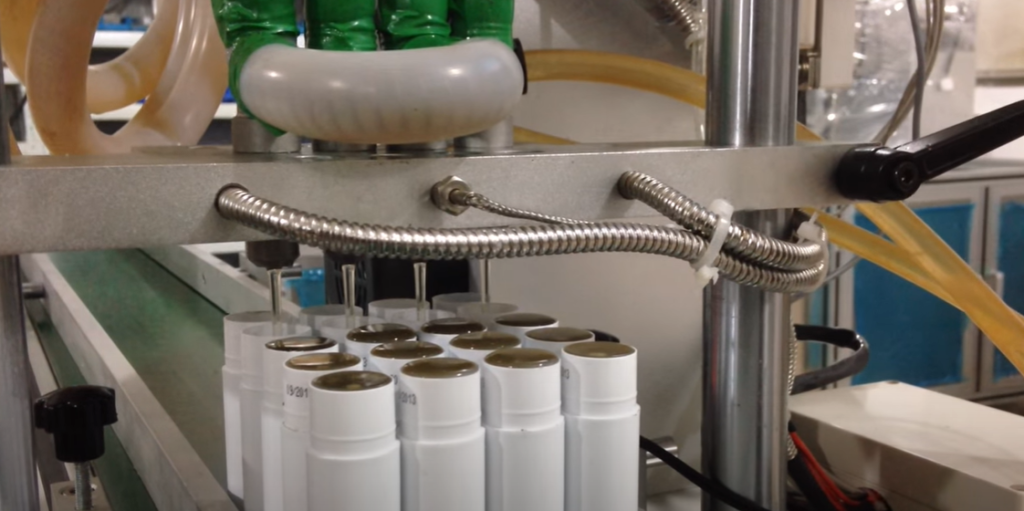
What additional ingredients are used when creating hot glue sticks?
Hot melt adhesives (HMA), commonly referred to as hot glue sticks, typically contain similar basic components to regular glue sticks, but with a few key differences. The primary ingredient remains a form of thermoplastic—often EVA, but certain applications may require different polymers like Polyethylene or Polypropylene. The choice of polymer significantly impacts the melting point, flexibility, and bonding strength of the glue.
Some specialized versions may include additional components for specific purposes, such as tackifiers to enhance the adhesive’s grip or fillers to reduce cost. As with regular glue sticks, hot glue sticks are designed to be safe and user-friendly, but their high melting point necessitates careful handling to avoid burns during application.
How Glue sticks work
When a glue stick is applied to a surface, a few simple yet fascinating things happen. The thermoplastic adhesive, softened by the friction created during the application process, adheres to the surface. This adhesion is primarily a result of mechanical interlocking, where the glue penetrates the microscopic irregularities on the surface. The glue then begins to cool and harden, a process known as curing. As it cures, the adhesive forms a solid bond with the surface, effectively gluing the two surfaces together.
For hot glue sticks, the process is much the same, but the glue needs to be heated to a much higher temperature to soften it enough to apply. When hot glue is applied, the high temperature allows the glue to flow into the microscopic irregularities of the surfaces, creating a stronger bond than a regular glue stick might. Once the hot glue cools and hardens, it forms a very strong and sturdy bond. In both cases, the adhesive creates a strong, flexible bond that can keep materials firmly together, demonstrating the effectiveness and utility of glue sticks.
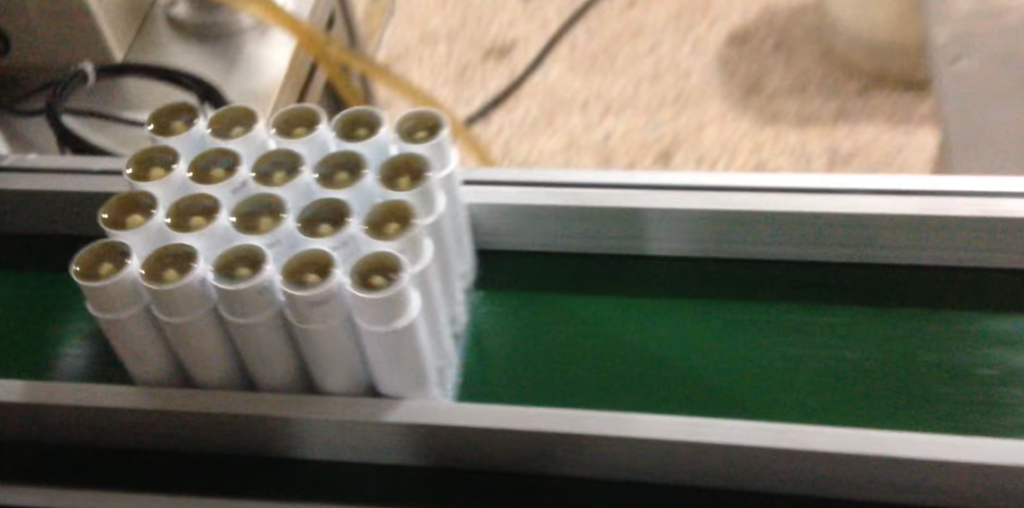
Glue stick uses
Glue sticks are a popular adhesive choice for a plethora of applications due to their versatility, convenience, and ease of use.
- Crafting and School Projects: They are predominantly used in crafting and school projects, where they provide a mess-free, safe, and reliable solution for sticking paper, cards, and photographs. In school settings, their non-toxic and often washable formulations make them an ideal choice for use by children.
- 2. Corporate Uses: In addition to these common uses, glue sticks also play a significant role in the corporate world for tasks such as sealing envelopes or attaching labels.
- Industrial Uses: Hot glue sticks, on the other hand, find heavy use in more industrial settings or robust crafting projects. Their ability to form strong, durable bonds makes them suitable for joining a variety of materials, including wood, fabric, plastic, and ceramics.
- Decorative Crafting: There are also colored and glitter glue sticks available in the market, which add a creative flair to craft projects by allowing for decorative and vibrant adhesive applications.
- Textile Industry: In the textile industry, glue sticks have a specific, yet crucial role. They are often used in the initial stages of garment production to hold patterns on fabric, ensuring accurate cuts and reducing material waste. The adhesive is light enough to not mar the fabric but strong enough to keep the pattern in place. Additionally, they’re used as temporary fixes for hemlines or to hold fabric pieces together before sewing. For more intricate designs such as quilting or applique, a glue stick can provide a more accurate and controlled adherence compared to pins.
- Packaging and Woodwork: In packaging, hot glue sticks are often used to seal boxes and secure items for transport. This is due to their excellent bonding strength and quick setting time, which increases efficiency on the packing line. Hot melt adhesives are also favored for their ability to bond a wide range of materials, including cardboard, plastic, and foam. In woodworking, hot glue sticks can be used for temporary positioning and bonding. [3] For instance, while creating complex furniture joints or during the dry fitting phase, hot glue can provide sufficient strength to hold pieces together before permanent fixation.
- Electronics Industry: The electronics industry is another area where hot glue sticks find substantial use. They are commonly used for cable management, as the adhesive is effective for bundling wires and cables, and it doesn’t conduct electricity. This makes hot glue sticks a safe choice for managing wiring in electronic devices. Furthermore, hot glue is frequently used in the prototyping stages of electronics when components need to be temporarily held in place on circuit boards during testing.

Hot Glue Sticks for Home Use
Hot glue sticks are an invaluable tool in any home, especially if you’re into DIY projects. Whether it’s a minor repair, a craft project, or a major DIY undertaking, hot glue sticks offer an easy, quick, and solid solution.These sticks are especially helpful for joining materials like plastics, ceramics, and even glass that other kinds of adhesives might find challenging. The glue solidifies within moments of application, providing a robust bond that can withstand a range of conditions. In addition to this strength and versatility, hot glue sticks are also valued for their safety.
Lastly, glue sticks, particularly hot glue sticks, are a staple in home DIY projects. They are used for everything from quick repairs of broken items to more creative uses such as creating decorative items, embellishing picture frames, making jewelry, or even building model kits. Their quick-drying nature, combined with the strength of the bond they form, makes them an ideal adhesive solution for various tasks around the house.
Benefits of using Glue sticks
Glue sticks provide a multitude of benefits, making them a go-to adhesive solution for a range of applications.
- Ease of Use: Glue sticks are incredibly user-friendly, requiring no special tools or techniques for application. This makes them an accessible option for people of all ages and skill levels.
- Mess-Free Application: The solid form of glue sticks means that they do not drip or spill, ensuring a clean, mess-free adhesive application every time.
- Quick-Drying: Glue sticks dry quickly upon application, reducing the waiting time for the adhesive to set. This speeds up the project completion time and enhances productivity. [4]
- Strong Bonding: Depending on their formula, glue sticks can create a strong, durable bond that can withstand a wide range of conditions. This makes them suitable for a variety of materials and applications, including both light and heavy-duty tasks.
- Safe to Use: Glue sticks are generally non-toxic and safe to use, making them suitable for use in environments such as schools and homes.
- Versatility: Glue sticks can be used on a variety of materials, including paper, cardboard, fabric, plastic, and more. There are also specialty glue sticks available for specific applications, such as hot glue sticks for crafting and industrial uses, and colored or glitter glue sticks for decorative crafting.
- Cost-Effective: Given their wide range of uses and lasting durability, glue sticks present a cost-effective adhesive solution, providing good value for money.
- Portability: Due to their compact size and solid form, glue sticks are easy to carry around, making them a convenient option for on-the-go adhesive needs.
- Environmentally Friendly: Most glue sticks are made from safe, non-toxic materials that can be disposed of safely. Some are even made from biodegradable materials, making them an environmentally friendly adhesive option. [5]
- Non-Damaging: Unlike some adhesives, glue sticks do not generally leave residue or cause damage to the surfaces they are used on, preserving the integrity of the materials.
- High-Temperature Resistance: Hot glue sticks are resistant to high temperatures, ensuring a robust bond that can withstand heat. This makes them ideal for applications such as electronics and industrial applications.
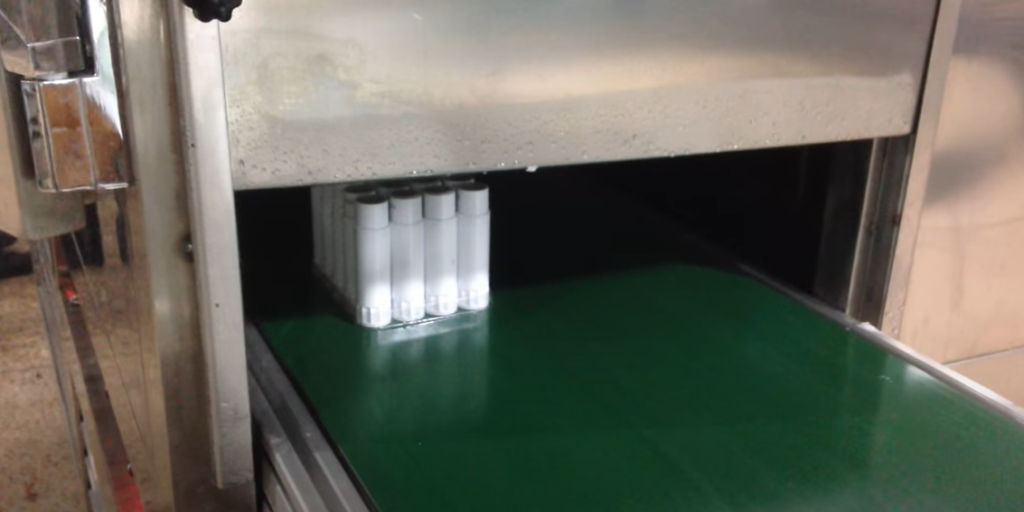
Types of Hot Glue Sticks
Hot glue sticks come in several types, designed to cater to a diverse range of requirements. General-purpose hot glue sticks, the most common type, are ideal for a plethora of household and office tasks, bonding effectively to a wide array of materials like fabric, plastic, and paper.
Then there are specialized hot glue sticks, designed for specific applications. For instance, construction hot glue sticks are formulated to offer exceptional bonding strength and are used for heavy-duty applications, including woodworking, metalworking, and other industrial applications.
For electronics or other heat-sensitive applications, there are low-temperature hot glue sticks that melt at a lower temperature, reducing the risk of damaging sensitive components. [6] Furthermore, some hot glue sticks are designed to offer other special properties, like flexibility, color-changing capacities, or improved weather resistance, catering to unique needs.
Understanding the specifics of each type of hot glue stick can help users select the ideal adhesive for their specific task, ensuring optimal performance and results.
How to make homemade glue sticks?
Making homemade glue sticks can be a fun and easy project. Here is a step-by-step guide on how to do it:
Materials Needed:
- 1 cup of all-purpose flour
- 1 1/2 cups of water
- 2 tablespoons of sugar
- 1/2 teaspoon of vinegar
- Empty glue stick containers
Procedure:
- Mix the flour and water in a pot, ensuring there are no lumps. This mixture forms the base of your glue.
- Add the sugar to the mixture. Sugar helps the glue to stick.
- Heat the mixture on the stove, stirring it continuously until it begins to thicken.
- Once thickened, remove the mixture from the heat and stir in the vinegar. The vinegar acts as a preservative, preventing the glue from molding.
- Let the glue mixture cool down a bit, but not completely.
- While still warm, pour or spoon the glue into your empty glue stick containers. Be careful to avoid spills.
- Allow the glue sticks to cool and harden completely before using them.
Remember, homemade glue sticks are best for light uses such as paper and cardboard. They may not be as strong as commercial glue sticks but they are non-toxic, environmentally friendly, and a great DIY project for kids.
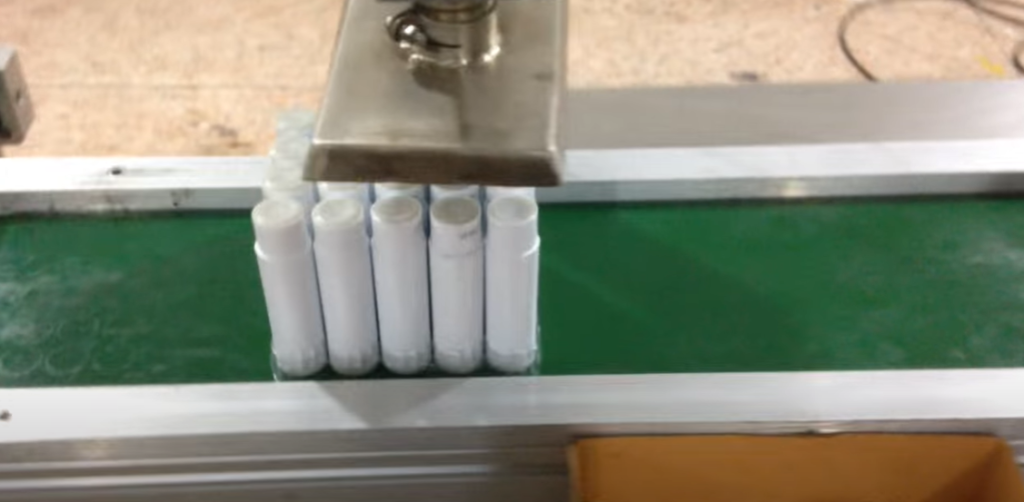
What material does a glue gun stick consist of?
A glue gun stick is primarily made from a type of plastic called Ethylene-Vinyl Acetate (EVA). EVA is chosen because of its excellent adhesive properties and its ability to be melted and hardened repeatedly without significantly degrading its adhesive qualities. In addition to EVA, glue gun sticks may contain various other additives to enhance their performance. For example, resins are often added to improve the glue’s bonding strength, while waxes may be included to control the melt flow rate of the glue.
Dyes or pigments can also be added to give the glue stick color, and in some cases, substances like glitter may be included for decorative purposes. It’s important to note that while most glue gun sticks are safe to use, they should still be handled with care, especially when melted, to avoid potential skin burns.
Frequently Asked Questions
How to use a glue stick without a glue gun?
Using a glue stick without a glue gun is fairly simple. If it’s a traditional, school-style glue stick, you just need to remove the cap, twist the bottom to expose the adhesive, and apply it directly to the surface you wish to bond. If it’s a hot glue stick without a glue gun, you can use a lighter or a candle to melt the end of the stick and then apply the melted glue to the surface. Note that this method is not as safe or as controlled as using a glue gun, so it should only be used as a last resort and with extreme caution to avoid burns.
Can you hot glue things to your skin?
Hot glue should never be applied directly to the skin. Hot glue is designed to melt at high temperatures, and applying it to your skin can result in serious burns. Even low-temperature hot glue, which melts at a lower temperature, can still cause burns if it comes into contact with your skin. If you need to adhere something to your skin, there are safe adhesives, such as spirit gum or medical-grade adhesives, that are specifically designed for this purpose.
Are glue sticks vegan?
Traditional school glue sticks are typically vegan. These glue sticks are usually made from synthetic materials, such as polyvinyl acetate (PVA) or Ethylene-vinyl acetate (EVA), which are derived from petroleum. These materials are not animal-derived and do not involve animal testing, making them suitable for those following a vegan lifestyle. However, it’s always best to check the specific brand and product, as formulations can vary. Some brands may use animal-derived ingredients or conduct animal testing.
Are glue sticks eco-friendly?
The eco-friendliness of glue sticks largely depends on their composition and the manufacturing processes involved. Traditional glue sticks made from petroleum-derived substances like Polyvinyl Acetate (PVA) or Ethylene-Vinyl Acetate (EVA) are not biodegradable and thus pose environmental concerns. On the other hand, some brands offer eco-friendly alternatives made from natural substances like starches or dextrin, which are biodegradable and less harmful to the environment. Additionally, the environmental impact of glue sticks also depends on the packaging. Glue sticks packaged in plastic containers contribute to plastic waste, whereas those in cardboard tubes are more environmentally friendly as they are biodegradable.
Is glue stick toxic when heated?
While most glue sticks are designed to be non-toxic, heating them can potentially release harmful fumes, especially if they are overheated. Ethylene-Vinyl Acetate (EVA), the main compound in hot glue sticks, can emit toxic fumes when heated above its recommended temperature range. Inhalation of these fumes can cause respiratory irritation and other health effects. Therefore, it’s crucial to use glue sticks within the recommended temperature ranges and in a well-ventilated area. Always follow the manufacturer’s safety instructions when using a hot glue gun or heating a glue stick.
Useful Video: Glue Stick machine fully automatic including cooling system
Conclusion
In conclusion, glue sticks, whether homemade or commercially produced, are versatile tools used in a myriad of projects, ranging from arts and crafts to more technical applications. While traditional glue sticks are generally non-toxic and safe for use, it’s essential to handle hot glue with caution to avoid skin burns.
The eco-friendliness and vegan status of glue sticks can vary, underscoring the importance of checking the specific brand and product before purchasing. And while hot glue can potentially emit hazardous fumes when overheated, proper usage and adherence to safety instructions can mitigate these risks. Ultimately, understanding the composition, usage, and safety precautions associated with glue sticks can help users make informed decisions and use these products safely and effectively.
References:
- https://en.wikipedia.org/wiki/Hot-melt_adhesive
- https://glueaid.com/what-are-glue-sticks-made-of/
- https://www.gluemachinery.com/introduction-hot-melt-glue-sticks/
- https://www.rapid.com/en-gb/guides/gluing-guides/five-benefits-of-hot-melt-glue/
- https://www.internetwoodglue.com/advantages-and-disadvantages-of-using-hot-melt-glue/
- https://www.gluegun.com/blogs/tips-tutorials/8349592-low-temperature-glue-guns-glue-sticks-guide

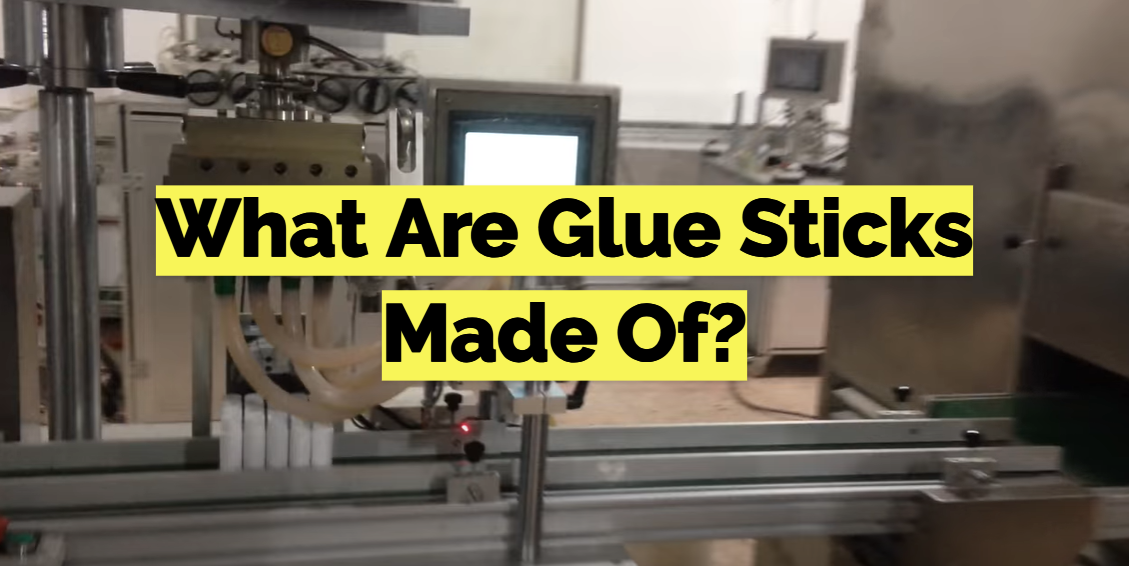




Leave a Reply